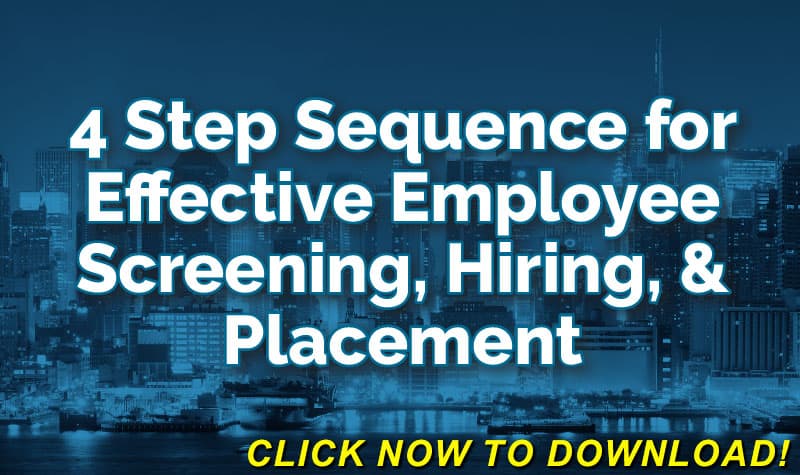Proactive workers’ compensation claim management teams are constantly seeking opportunities to reduce workers’ compensation costs and promote efficiencies. One such area to address these concerns is battling comorbidities and developing a healthier workforce. Doing so in an effective matter will reduce the cost of claims and significantly benefit your program.
What Are Comorbidities?
From a medical point of view, a “comorbidity” is a medical condition that exists along with other injuries or ailments. An example of this in the context of a workers’ compensation claim is a claimant suffering from a work-related injury who has another medical condition. Common examples include high blood pressure, diabetes, cancer or mental health conditions. Modern medicine even classifies smoking and use of tobacco as a comorbid condition.
It is important for members of the claims management team to identify claimants who have a comorbid condition. This is because they may often require additional medical care and treatment, or there could be an aggravation of the underlying condition as the result of the work injury. The ramifications of this include prolonged disability, increased medical care and treatment, addiction to prescription pain medication or permanent and total disability.
Click Link to Access Free PDF Download
“4-Step Sequence For Effective Employee Screening, Hiring, & Placement”
Dealing with the Immediate Issues
Once a claim handler is aware of an injured worker with a comorbid condition, it is important to position the matter to avoid future long-term exposures. In the short-term, members of the claims management team need to monitor claims with care. This includes a number of actions to keep on top of the claim:
- Frequent contact with the employee to monitor progress and evaluate for referral to defense counsel;
- Determine if or when the employee should be seen for an independent medical examination. Depending on the nature of the claim and comorbid condition, this may require the use of multiple medical experts. This is frequently common in claims involving an underlying psychological and/or psychiatric condition; and
- Opportunities to put the claim into litigation, as necessary.
Techniques for Successful Claim Management
It is also important to work with interested stakeholders to seek solutions that will develop a healthier workforce to mitigate future claims. Examples of being proactive in this area include:
- Developing a smoking cessation and tobacco dependence program. It is well-documented that workers’ compensation claims involving a smoker/tobacco user cost significantly more when compared to their non-tobacco using counterparts. While fewer Americans are using tobacco, a certain segment of the workforce continues to use these products;
- Encourage employers to offer gym memberships (free or reduced) and other weight loss programs. Other options include encouraging people to take regular breaks to stretch and move around. This is also an opportunity for employers to seek out medical insurance programs that offer discounts for members who undergo biometric testing; and
- Increasing the level of education workers have regarding their eating habits. This includes the development of relationships with organizations and registered dieticians who provide information on better food selection, preparation and consumption.
Conclusions
Having an effective workers’ compensation program goes beyond knowing the law and working your claim files in an effective matter. Proactive claim management teams need to address the underlying issues of a claim such as claimants with comorbid conditions to reduce costs in a program. This includes addressing issues present on a file and promoting a healthier workplace to mitigate the risk of expensive future claims.

Author Michael Stack, CEO Amaxx LLC. He is an expert in workers compensation cost containment systems and helps employers reduce their work comp costs by 20% to 50%. He works as a consultant to large and mid-market clients, is co-author of Your Ultimate Guide To Mastering Workers Comp Costs, a comprehensive step-by-step manual of cost containment strategies based on hands-on field experience, and is founder & lead trainer of Amaxx Workers’ Comp Training Center. .
Contact: mstack@reduceyourworkerscomp.com.
Workers’ Comp Roundup Blog: https://blog.reduceyourworkerscomp.com/
©2017 Amaxx LLC. All rights reserved under International Copyright Law.
Do not use this information without independent verification. All state laws vary. You should consult with your insurance broker, attorney, or qualified professional.









